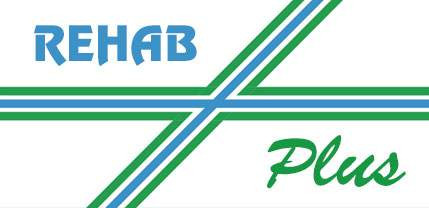Custom-Made Braces: Personalized Support for Optimal Recovery
What are Custom-Made Braces?
Custom-made braces are orthopedic devices specifically designed to fit an individual’s unique anatomical structure. These braces provide support, stability, and alignment for various parts of the body, such as the spine, knees, ankles, wrists, and elbows. They are often prescribed for conditions like arthritis, injuries, post-surgical recovery, and congenital deformities.
The Importance of Custom-Made Braces
Custom-made braces are essential for providing tailored support that off-the-shelf options cannot offer. By precisely matching the contours and movements of the body, these braces ensure maximum comfort, effectiveness, and compliance.
Types of Custom-Made Braces
1. Spinal Braces:
- Used for conditions like scoliosis, kyphosis, or post-operative recovery. They help maintain proper spinal alignment and reduce pain.
2. Knee Braces:
- Commonly prescribed for ligament injuries, osteoarthritis, or post-surgical support. These braces stabilize the knee joint and facilitate movement.
3. Ankle Braces:
- Ideal for supporting the ankle after sprains, fractures, or tendonitis. They provide stability and prevent further injury.
4. Wrist and Hand Braces:
- Used for carpal tunnel syndrome, arthritis, or post-fracture stabilization. These braces support the wrist and hand, allowing for healing and reducing pain.
Benefits of Custom-Made Braces
Enhanced Fit and Comfort
- Precise Measurements:
- Custom braces are designed based on exact measurements of the patient’s body, ensuring a perfect fit that enhances comfort and effectiveness.
- Personalized Adjustments:
- Customization allows for adjustments based on the patient’s specific needs, such as padding placement, strap length, and material choice.
Improved Functionality
- Targeted Support:
- Custom braces provide support exactly where it is needed, improving the overall function of the affected body part.
- Mobility and Stability:
- By stabilizing joints and supporting muscles, custom braces enhance mobility and reduce the risk of further injury.
Enhanced Compliance
- Comfort:
- A well-fitted brace is more comfortable, increasing the likelihood that the patient will wear it as prescribed.
- Aesthetic and Practical Design:
- Custom braces can be designed to be less obtrusive and more aesthetically pleasing, encouraging regular use.
The Process of Getting Custom-Made Braces
1. Consultation:
- The process begins with a thorough consultation with an orthopedic specialist who assesses the patient’s condition and determines the need for a custom brace.
2. Measurements and Molding:
- Detailed measurements of the affected area are taken. In some cases, a mold or 3D scan is made to ensure a precise fit.
3. Fabrication:
- The brace is crafted using high-quality materials tailored to the patient’s specific requirements. This step involves skilled technicians who ensure every detail is correct.
4. Fitting and Adjustments:
- Once the brace is made, the patient undergoes a fitting session where adjustments are made for optimal comfort and functionality.
5. Follow-Up and Monitoring:
- Regular follow-up appointments are scheduled to monitor the brace’s effectiveness and make any necessary adjustments.
Caring for Custom-Made Braces
Proper care and maintenance of custom-made braces are crucial to ensuring their longevity and effectiveness:
- Cleaning:
- Follow the manufacturer’s instructions for cleaning. Most braces can be wiped down with a damp cloth and mild soap.
- Inspection:
- Regularly inspect the brace for signs of wear and tear. Replace worn-out parts to maintain support and function.
- Storage:
- Store the brace in a cool, dry place when not in use to prevent damage from heat or moisture.
Conclusion
Custom-made braces are a vital component in the management and recovery of various orthopedic conditions. By providing personalized support, these braces enhance comfort, functionality, and compliance, leading to better health outcomes. The process of obtaining a custom brace involves careful assessment, precise measurements, and ongoing adjustments to ensure optimal results. Proper care and regular monitoring are essential to maintain the brace’s effectiveness and extend its lifespan. Through collaboration with healthcare professionals and adherence to prescribed usage, patients can achieve significant improvements in their mobility and quality of life.



